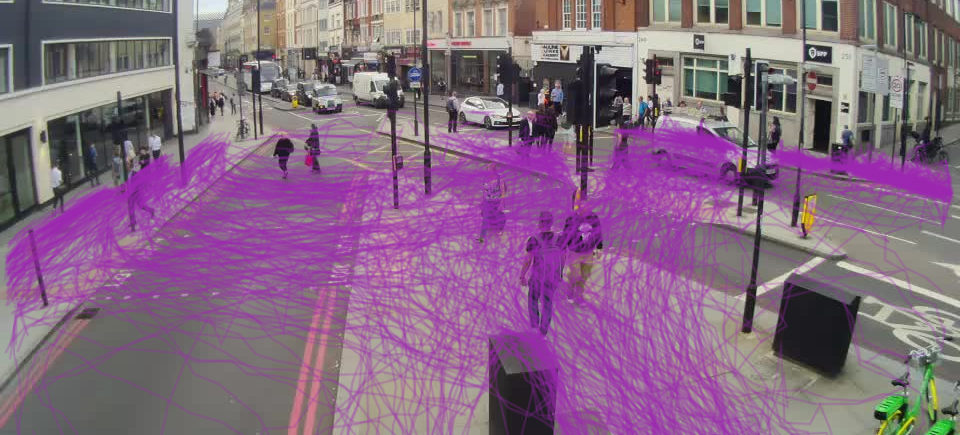The Mayor of London has set out his Vision Zero commitment, which aims to eliminate all deaths and serious injuries from London’s transport system by 2041. Although progress is being made, pedestrian casualties in London remain too high.
Space Works—in partnership with ITP and Urban Movement—were appointed by Transport for London to undertake research into pedestrian behavioral factors and light touch street design responses that can help reduce road danger.
This project filled gaps in understanding pedestrian behavior and risk factors—including changes in relation to new technology such as smart phone usage. Trends were identified through observational video surveys of 15 London intersections, analysis of casualty data, and an international literature review (including identification of responses trialed across the world). Space Works applied environmental and behavioral psychology expertise to help broaden understanding of how pedestrians respond to their environment, and develop measures to help “nudge” pedestrians into avoiding road danger.
Findings and design strategy recommendations were delivered to Transport for London in 2020, and will contribute to London’s Vision Zero strategy. This project complements Transport for London’s wider road danger reduction approach, which seeks to reduce the sources of danger to people walking, such as high vehicle speeds and vehicle design.

